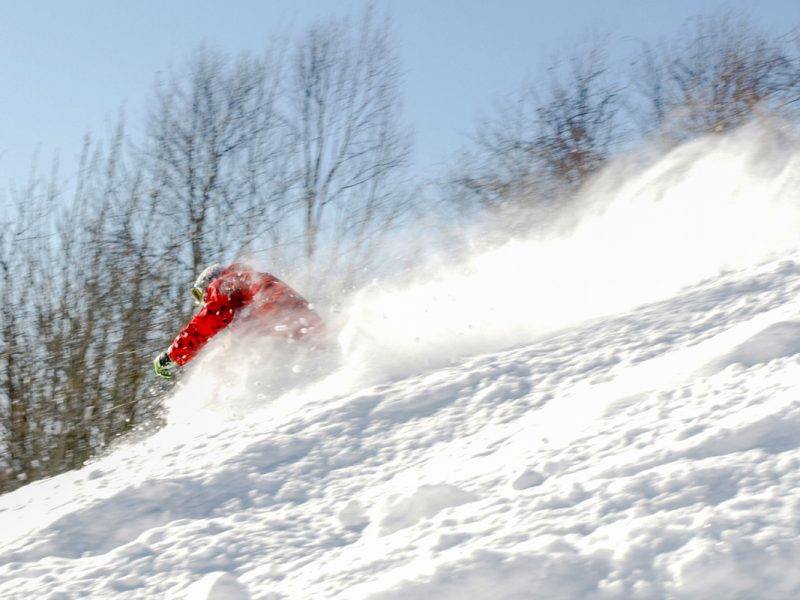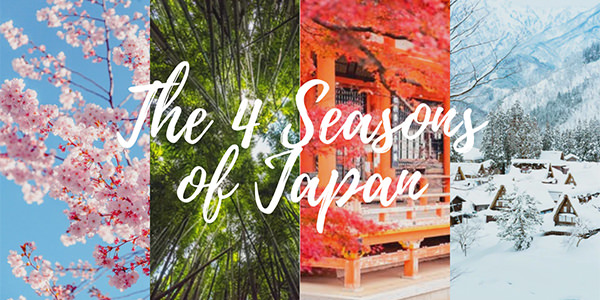We interviewed a Sake specialist in Sydney!
We recently visited Tokyo Mart in Sydney’s north, where you can satisfy all of your Japanese food and lifestyle needs!
This time we got to speak to Mr. Iwamoto, an expert on Sake who spoke to us with much passion and knowledge.
On the types of Sake
GJ: There are different types of sake; Ginjo-shu, Dai-ginjo-shu, and Junmai – what are the differences? And what makes each one unique?
Mr. Iwamoto: It all depends on what the rice polishing ratio is and the amount of alcohol added.
The process of rice polishing starts from polishing the rice from when they are still brown, and whatever is left of the rice is shown in percentage. For example, if it says rice polishing ratio is 39%, it means that the 61% of the rice was polished away and 39% was used to make the sake. The more you polish, the more delicate the aroma is and makes it a more premium type of Sake.
And when there is no additional alcohol added to the process and it is just made from rice, rice malt or yeast, it creates Sake like Junmai (which means pure rice) or Junmai Ginjo-shu and Junmai Dai-ginjo-shu.
When the sake is made with Junmai and brewed alcohol, that creates Sake types like Hon-jozo, Ginjo, and Dai-ginjo.
Food that complement Sake
GJ: So what kinds of food go with these many different types of Sake?
Mr. Iwamoto: The flavour of Dai-ginjo or Ginjo-shu is quite delicate and subtle. It’s very aromatic so I would recommend having it cold. When you heat these types of Sake, and make it into hot Sake, it makes the aroma too strong or it may get rid of it and its flavour and uniqueness so I would not recommend that with those.
When matching with food, I recommend something just as delicate and not packed with flavour – like carpaccio or sashimi.
With Junmai-shu, you can enjoy that cold, room temperature or hot. It has a bold flavour but very little aroma, so flavoursome food will go best with that. For example, Yakitori (grilled chicken skewers), BBQ, pizza, pasta or cheese. You may be surprise to hear me say it goes with cheese, but because cheese is also fermented like Sake, it matches well together.
Most Aussies prefer foods that packs lots of flavour, like teriyaki chicken, so I find that many of them prefer the Junmai-shu.
The sweet and dry flavours of Sake
GJ: It’s said that some Sake are sweet and some are dry, what does that mean?
Mr. Iwamoto: Whether it’s sweet or dry is dependent on the degree of Japanese Sake in it. What that means is that it depends on how much sugar content is left in the sake.
When a Sake is said to be ‘sweet’, it means that the fermentation process was stopped after only a small amount of the sugar content has turned into alcohol.
On the other hand, if something is ‘dry’ it means that it has low sugar content and it was made by fermenting most of the sugar content.
So what happens then is that the dry Sake is high in alcohol, where sweet Sake has lower alcohol content.
Popular Sake amongst the Japanese and Australians
GJ: What Sake is most popular with Japanese people and with Australians?
Mr. Iwamoto: As I said before, Australians tend to favour Sake with a stronger flavour. Even if they select a Ginjo or Dai-Ginjo-shu, they look for what has a strong flavour. It seems like they like dry Sake with flavoursome foods. The Japanese like the Jozen-Mizugotoshi which became popular about twenty years ago and sparked the dry flavour sake boom.
At Tokyo Mart, we don’t particularly see people choose one thing over another because they’re Japanese or Australian. We find that Dassai and Kubota are the most popular names.
It seems that most Australian customers have gone to Japan, tried Sake there and then come to the store wanting to enjoy it at home too. Other than Sake, Chuhai (Fruity sake cocktail in a can) is quite popular too.
Enjoying Sake with the seasons
GJ: Australia has four seasons just like Japan, do you have any tips on how to enjoy Sake best in each season?
Mr. Iwamoto: Well, in Summer, I would recommend something that is served cold and that’s refreshing and easy to drink. Especially something like Kikumasamune Kojo on the rocks or with some tonic water is lovely. It’s a Junmai-shu sake so it’s full of flavour. From a true Sake connoisseur point-of-view, it’s sacrilege but it is a very easy to drink way to enjoy this.
If you want to drink something at room temp, something a little lighter with some aroma. Perhaps something fruity like Dassai or Kubota.
Over Winter, I would recommend a Junmai-shu Sake, something you can have at room temp and that’s heavy and bold. Uonuma and Kikumasamune are great options for that.
Sake for different settings
GJ: How would you select Sake for different situations? For example if we want to party with friends or perhaps drink in a more intimate setting – what would we need to keep in mind when selecting for those events?
Mr. Iwamoto: For drinking to party with friends, I find that the more reasonably priced, large bottled Sake is popular for that scenario.
When drinking in a more intimate setting, something like a sparkling Japanese Sake or the Dai-ginjo-shu is fitting for that style and it’s at a higher price point.
I also think Sake as a present is a great gift. Just like wine, the higher the price the better the quality in Sake too. For example, the Shiho-shiri sake is over a hundred dollars but it comes in a beautiful box and it is delicious. One of our staff members tried it with some friends recently, and they were very impressed by it. So it is true when they say money buys quality.
The expert’s way
GJ: Now we want to know what someone like yourself, who has so much knowledge about Sake, like to drink
Mr. Iwamoto: I personally enjoy this Sake called Namazake. Most Sake is heated twice to stablise quality, but with Namazake, there is no heating process involved. So it is recommended to store it in the fridge. With Namazake, the yeast and the microorganisms are still alive so if it’s left in warmth the flavour is ruined. It’s something that is best enjoyed fresh, so it’s important to drink quickly after opening.
Although it can be tricky to store, it has a fresh, fruity aroma and is very delicious.
Add to the Sake experience with items from Tokyo Mart
GJ: Tokyo Mart not only is well stocked with Sake but also with food and even tableware. Is there any snacks you recommend to go with Sake and also for sake cups and bottles for serving?
Mr. Iwamoto: I recommend rare foods like like Salted Squid (Shiokara) or Takowasa (Octopus seasoned with Wasabi). They both have very strong flavours, you can even put it on a cracker.
Most will have snacks and pickles with booze, so things like Kakinotane or Japanese pickles known as Tsuke-mono.
Though it’s not visually pleasing, tinned fish is pretty great, especially when drinking at home.
We’ve got plenty of Sake cups and bottles that would be perfect for serving Sake at home.
Let’s find out your favorite Sake
Tokyo Mart is your one stop shop where you can create a whole Japanese dining and living experience at home. They have a vast selection of food, snacks, sake, lifestyle items and dinnerware.
Be sure to visit when planning your next dinner party!
Shop 27, Northbridge Plaza, Northbridge
(02) 9958-6860
Mon-Wed, Fri 9am-5pm、Thu 9am-6pm、Sat 9am-5:30pm、Sun 10am-4pm
www.junpacific.com www.facebook.com/tokyomartsydney
















 | Temperature: 10
| Temperature: 10








